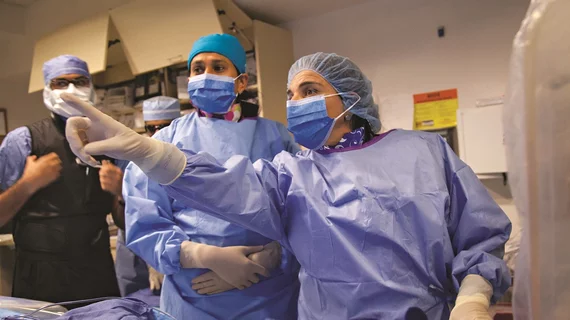Clinical decision support systems (CDSSs) have shown positive potential in reducing medical errors and improving patient outcomes, but utilization remains low due to a lack of user acceptance. Findings were published April 18 in JMIR Medical Informatics.
CDSSs assist clinicians in interpretation, diagnosis and treatment of patients while also servicing as a tool for alerts and recommendations. But a lack of user acceptance in the health information technology is a barrier in utilization. In this study, researchers examined published research into CDSS with a focus on user acceptance.
“The theory behind user acceptance and its impact on the adoption of technology has been thoroughly described,” wrote first author Saif Khairat, PhD, MPH, and colleagues. “The purpose of this paper was to conduct a review of the literature in order to evaluate our hypothesis that meaningful engagement of physicians in the design and development of CDSSs with transparent decision-making processes will result in higher acceptance rates.”
Researchers searched MEDLINE/PubMed, CINAHL, PsycInfo, IEEE Xplore and Web of Science databases for studies on CDSS. A task analysis identifying the goals, user input, system output, knowledge requirements and barriers to the technology and user was conducted. Overall, 14 studies were included.
Results showed most users had unfavorable responses. The main factors correlating to a favorable response to CDSSs were the ease of system use, perceived time savings and perceived usefulness. Unfavorable responses included questionable validity of the systems, excessive disturbances, lack of efficiency excessive alerts, increased time in computer handling and decreased face-to-face time with patients.
“This research demonstrates that the incorporation of the proposed models will improve user acceptance to support the beneficial effects of CDSSs adoption,” concluded Khairat and colleagues. “Ultimately, if a user does not accept technology, this not only poses a threat to the use of the technology but can also pose a threat to the health and well-being of patients. Tell the physician how the computer is making the decision. If the computer can become part of scaffolded knowledge, the physician may view the computer as an aid rather than a threat or hindrance. Research supports the idea that the rules governing alerts be specified to practitioners and the information be presented based on users’ needs and expectations.”

